Table of Contents
Quality Service Guarantee Or Painting Free

Get a rental agreement with doorstep delivery

Find the BEST deals and get unbelievable DISCOUNTS directly from builders!

5-Star rated painters, premium paints and services at the BEST PRICES!
Loved what you read? Share it with others!
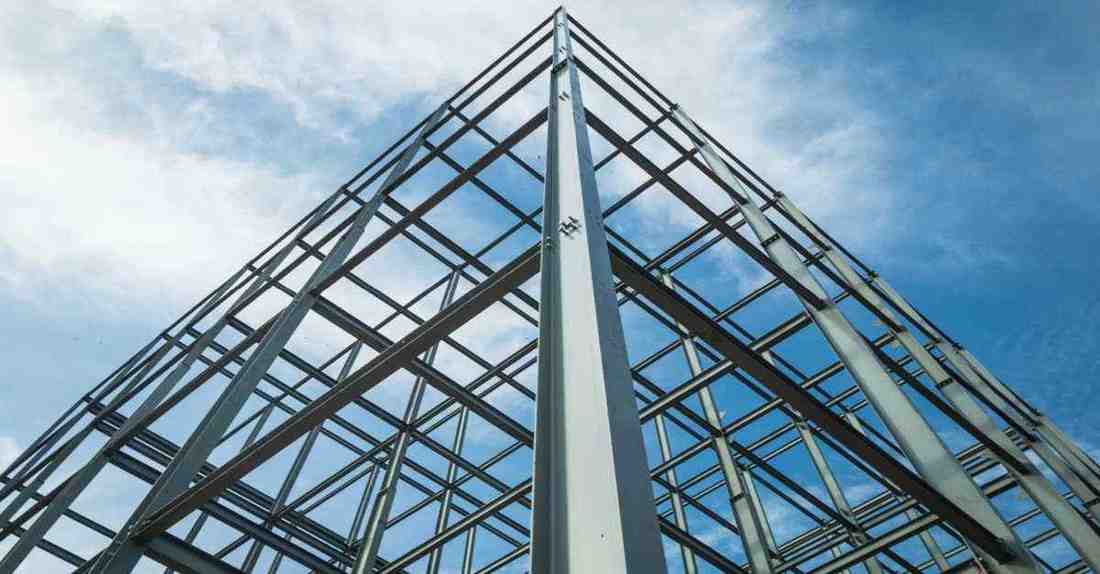

Submit the Form to Unlock the Best Deals Today
Check Your Eligibility Instantly

Experience The NoBrokerHood Difference!
Set up a demo for the entire community

Tenant Super Relax Plan
Enjoy Hassle-Free Renting
 Full RM + FRM support
Full RM + FRM support Instant alerts & premium filters
Instant alerts & premium filters Rent negotiation & relocation help
Rent negotiation & relocation helpStructure Stability Certificate: Ensuring Building Safety
Table of Contents
Are you planning to purchase an existing property or have concerns regarding the stability of your building? In this blog, we will help you understand the importance of structural stability certificates and the requirements for obtaining them. Read on to learn how NoBroker can assist you in your property journey.
What is a Structural Stability Certificate?
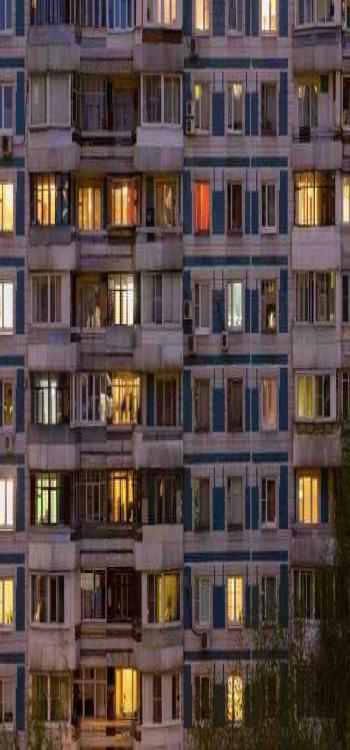
A structural stability certificate is an essential document that certifies the stability of a building's structure. It is a vital requirement during the purchase, sale, and renovation of properties. The certificate confirms that the building's structural elements are stable, secure, and safe for occupation.
To obtain a structural stability certificate, the building's owner must hire a qualified structural engineer or architect to perform a structural assessment. The assessment is conducted to evaluate the building's load-bearing capacity, potential structural weaknesses, and overall stability.
Quality Service Guarantee Or Painting Free

Get a rental agreement with doorstep delivery

Find the BEST deals and get unbelievable DISCOUNTS directly from builders!

5-Star rated painters, premium paints and services at the BEST PRICES!
The engineer or architect then prepares a structural stability certificate, which includes details such as the building's age, location, and construction materials. It also outlines the structural assessment findings and the recommendations for necessary repairs and maintenance, if any.
Benefits of Structure Stability Certificates
1. A Structural Stability Certificate can help ensure your building is safe to reside in–
One of the primary benefits of obtaining a structure stability certificate is the assurance of safety that it provides. By assessing the structural stability of a building, any potential risks or hazards can be identified and addressed before they become a threat to occupants.
2. It can help ensure your building is not in violation of legal regulations–
In many jurisdictions, obtaining a structure stability certificate is a legal requirement for buildings of a certain size or age. By obtaining this certificate, building owners can ensure that they are in compliance with local regulations and avoid potential legal issues.
3. A structure stability certificate can help get your building a better resale value–
A structure stability certificate can add value to a property, especially when it comes time to sell. Prospective buyers are likely to be more interested in properties that have been assessed for structural stability, as it provides an added level of assurance that the property is safe and well-maintained.
Recommended Reading
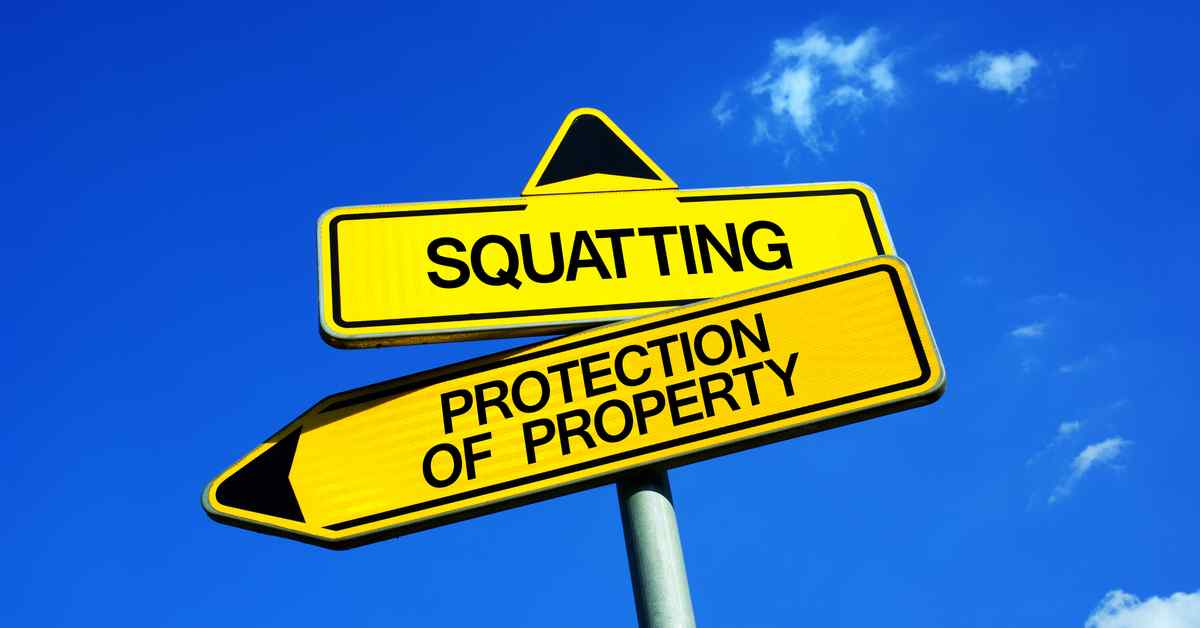
Doctrine of Adverse Possession: What It Means and How to Claim Property Rights in 2025
May 28, 2025
55709+ views
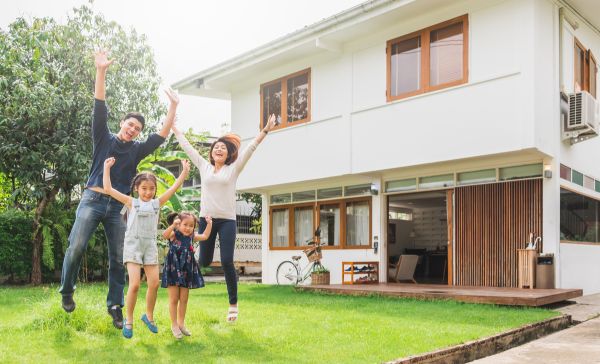
EC Online Bangalore: Importance, Documents Required and Application Process in 2025
June 1, 2025
52139+ views
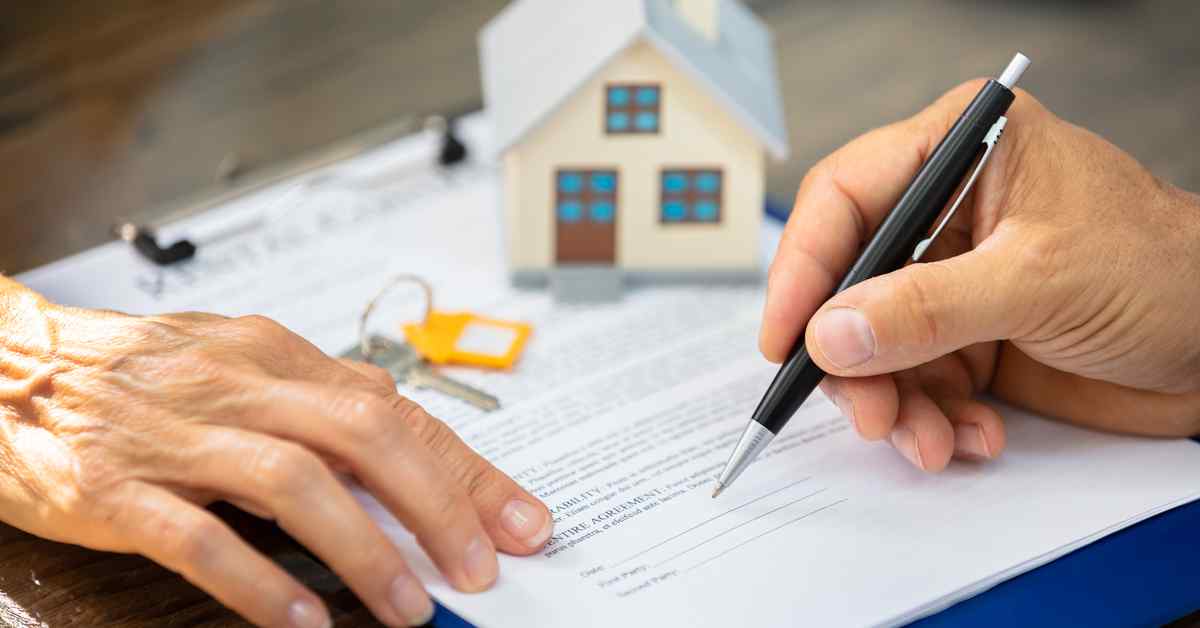
How to Apply Encumbrance Certificate in Tamilnadu Online and Offline 2025
May 1, 2025
32797+ views
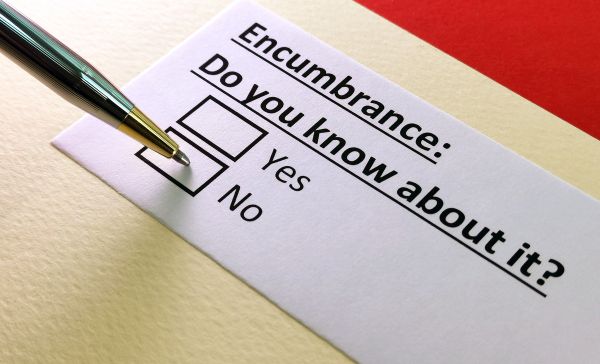
Encumbrance Certificate Karnataka - Online and Offline Application Process in 2025
January 2, 2025
31828+ views
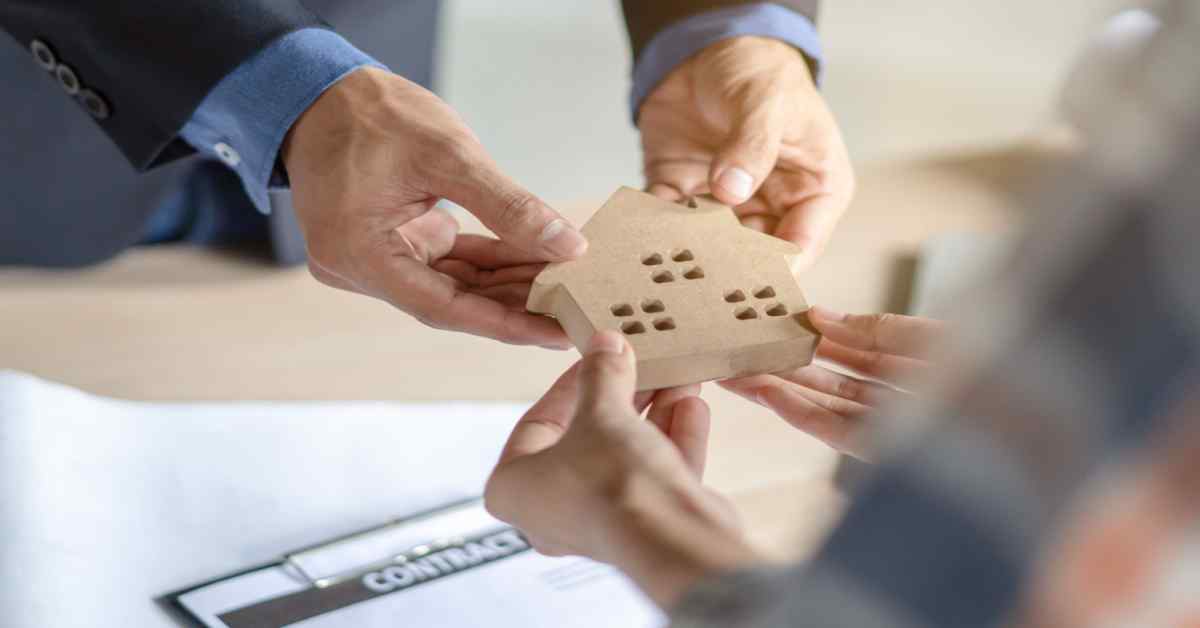
Everything You Need to Know About NOCs for Property Transfer in India
January 31, 2025
27723+ views
Structural Stability Certificate Requirements [How to Obtain?]
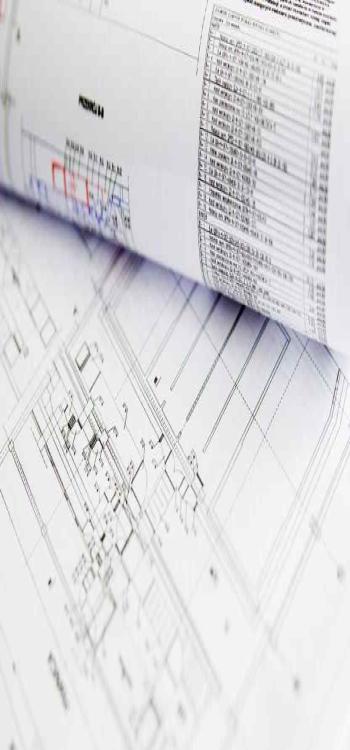
To obtain a structural stability certificate, the building owner must hire a qualified structural engineer or architect to conduct a structural assessment. The assessment includes a thorough evaluation of the building's foundation, walls, beams, columns, and other structural components.
The engineer or architect then prepares a detailed report of the assessment findings, which includes the building's age, construction materials, and load-bearing capacity. The report also outlines any necessary repairs or maintenance work required to ensure the building's structural stability.
Once the report is complete, the engineer or architect issues the structural stability certificate. The certificate must be renewed periodically to ensure that the building remains structurally sound.
Documents Required to Obtain a Structure Stability Certificate
To obtain a Structural Stability Certificate, the following documents are typically required:
- Building plans and structural drawings
- Building completion certificate
- Occupancy certificate
- Building inspection report
- Soil test report
- Architect's or engineer's certificate
The Structural Stability Certificate is issued by a qualified structural engineer or architect who has inspected the building and deemed it structurally safe and stable. The engineer or architect will conduct a thorough inspection of the building's structural elements, such as its foundation, walls, columns, beams, and roof, to ensure that they meet the necessary safety and stability standards.
It is important to note that the specific requirements for obtaining a Structural Stability Certificate may vary depending on the local building codes and regulations in the area where the building is located. It is best to consult with a qualified engineer or architect who is familiar with the local building codes and requirements to ensure that all necessary documents are provided for obtaining the certificate.
Cost of Obtaining a Structural Stability Certificate

The cost of obtaining a structural stability certificate varies depending on the size, location, and complexity of the building. It also depends on the qualifications and experience of the engineer or architect hired to conduct the assessment.
However, the cost of obtaining a structural stability certificate is a small price to pay compared to the potential costs of property damage, injuries, and even loss of life resulting from structural failures. It is a necessary investment in your building's safety and security.
Factors Affecting the Cost of Structure Stability Certificates:
Size and Complexity: The size and complexity of a building can have a significant impact on the cost of obtaining a structure stability certificate. Larger buildings or those with more complex structures will require more extensive assessments and may take longer to complete, leading to higher costs.
Age and Condition: The age and condition of a building can also affect the cost of obtaining a structure stability certificate. Older buildings or those in poor condition may require more extensive repairs or upgrades to meet safety standards, leading to higher costs.
Location: The location of a building can also affect the cost of obtaining a structure stability certificate. Buildings in areas with higher labour or material costs may require more expensive assessments or repairs, leading to higher overall costs. Additionally, buildings in areas with more stringent safety regulations may require more extensive assessments, driving up costs as well.
Format of Structural Stability Certificate
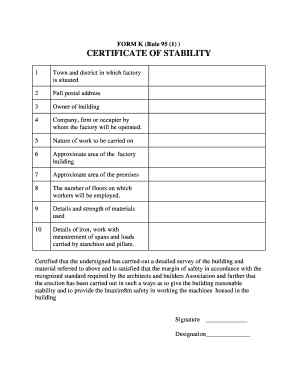
The format of a structural stability certificate includes the building's location, age, and construction materials. It also outlines the structural assessment findings, including any necessary repairs or maintenance work required to ensure the building's structural stability.
The certificate must also include the engineer's or architect's qualifications and experience, as well as their contact information. It is essential to ensure that the certificate complies with the local building codes and regulations.
Structural Stability Certificate Format for Existing Buildings
A Structural Stability Certificate Format for Existing Buildings is a document that certifies that a building's structural stability meets the required safety standards. It is required when a building undergoes major renovations, changes in occupancy or use, or when it reaches a certain age.
The certificate includes information about the building's structural design, materials used, and the safety factors involved.
The certification process involves a structural engineer or a licensed professional inspecting the building and conducting a detailed analysis of its structural components, including foundation, framing, walls, and roof. The certification ensures that the building is safe for use and that it can withstand potential natural disasters or unforeseen circumstances that may put the building's structural integrity at risk.
What are the requirements for obtaining a certificate for an existing building?
To obtain a structural stability certificate for an existing building, one needs to hire a structural engineer or a licensed architect. The engineer or architect will inspect the building and assess its structural integrity.
Based on their findings, they will prepare a detailed report that includes recommendations for any repairs or improvements that are necessary to ensure the building's structural stability. The report must also include calculations and drawings that demonstrate the building's structural soundness.
How is the certificate format different from a new construction certificate?
The format of a structural stability certificate for an existing building is different from that of a new construction certificate because it takes into account the existing structure's condition.
Unlike a new construction certificate, which verifies that a building has been constructed according to approved plans and meets building codes and safety standards, an existing building certificate assesses the building's current condition and identifies any deficiencies that may pose a risk to its structural integrity.
The certificate format for an existing building includes detailed information about the building's existing structure, any repairs or improvements that are needed, and the engineer or architect's recommendations for ensuring the building's structural stability.
What information is included in the structural stability certificate for existing buildings?
The structural stability certificate for an existing building includes detailed information about the building's existing structure and the engineer or architect's assessment of its condition.
The certificate typically includes a detailed report with calculations and drawings that demonstrate the building's structural soundness, as well as recommendations for any repairs or improvements that are necessary to ensure the building's stability.
The certificate also includes information about the engineer or architect who prepared the report, their professional credentials, and any other relevant information about the inspection and assessment process. Additionally, the certificate should include the date of issuance, the building's address, and any other relevant identifying information.
Building Structural Stability Certificate Format
When it comes to a building structural stability certificate, it is crucial to ensure that the format is correct. The certificate must contain all the necessary information, such as the building's address, the name of the owner, the name of the structural engineer who carried out the inspection, the date of the inspection, and the findings of the inspection. It must also include the engineer's seal and signature to make it official.
It is recommended to use a standardised template for building structure stability certificates to ensure that all necessary information is included. This can help avoid any confusion or misunderstandings that may arise in the future.
Building Stability Certificate vs. Structural Stability Certificate
There is often confusion between building stability certificates and structural stability certificates. While both certificates relate to a building's stability, they are not the same.
A building stability certificate is a document that certifies that a building has been constructed according to the approved plans and that it meets all the necessary building codes and regulations. On the other hand, a structural stability certificate certifies that a building's structure is sound and meets the required safety standards.
It is essential to obtain both certificates to ensure that a building is safe and meets all necessary requirements.
How Can NoBroker Help?
NoBroker Legal Services is a one-stop solution for all your legal needs related to real estate. In the case of obtaining a structural stability certificate, NoBroker Legal Services can assist you with the entire process. They can provide you with a team of experienced lawyers who specialise in property law and can guide you through the legal formalities involved in obtaining the certificate.
NoBroker Legal Services can help you understand the requirements for obtaining the certificate and ensure that all the necessary documentation is in order. Additionally, they can also help you with the registration process and any other legal formalities involved. With NoBroker Legal Services, you can be assured of a hassle-free experience in obtaining your structure stability certificate.
A structural stability certificate attests to the building's structural soundness and safety. It is necessary to obtain a structural stability certificate for new constructions and existing buildings to ensure that they meet all necessary safety requirements.
By hiring a qualified and licensed structural engineer and following the required procedures, property owners can obtain a structural stability certificate and ensure that their buildings are safe for occupants.
Remember, obtaining a structural stability certificate is not only essential for safety but also for legal compliance. So, if you are a property owner or a buyer, make sure to obtain a structural stability certificate to ensure that the building is safe and meets all requirements.
Frequently Asked Questions
Ans. A Structural Stability Certificate is a document that certifies the safety and stability of an existing building's structure. It is required by law in many jurisdictions to ensure that the building meets safety standards and can withstand natural disasters such as earthquakes and hurricanes.
Ans. The time it takes to obtain a Structural Stability Certificate for an existing building may vary depending on various factors such as the size of the building, the complexity of the inspection and assessment, and the jurisdiction. It is best to contact a licensed structural engineer or architect to get an estimate of the timeline.
Ans. Yes, even if your building has undergone recent renovations, it is still necessary to obtain a Structural Stability Certificate to ensure that the changes made to the building have not compromised its structural integrity.
Ans. The frequency of renewing a Structural Stability Certificate for an existing building may vary depending on the jurisdiction, but generally, it needs to be renewed every few years or after any significant changes to the building's structure.
Ans. If your building does not meet safety and stability standards after the inspection, the licensed structural engineer or architect will provide recommendations for the necessary repairs or improvements to bring the building up to code.
Loved what you read? Share it with others!
Most Viewed Articles
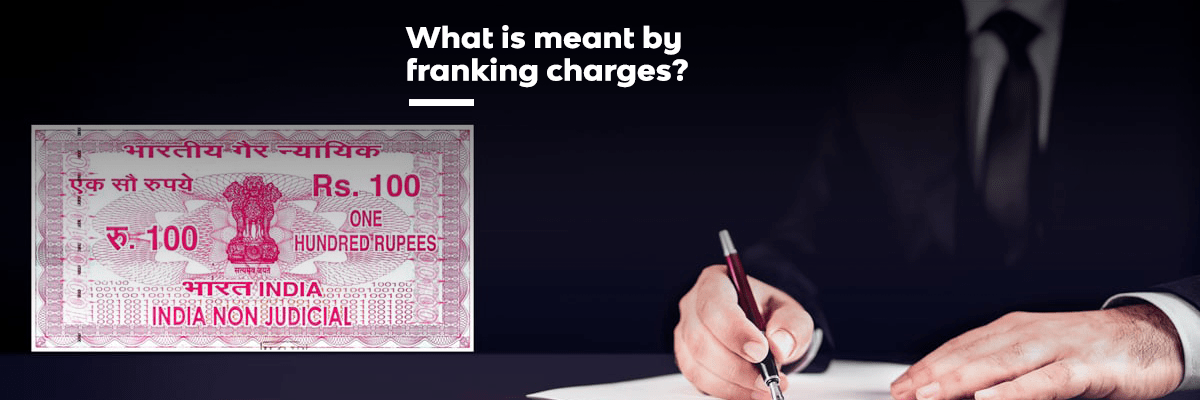
Franking Charges Explained: Meaning and Benefits
January 31, 2025
1102997+ views

BBMP E-Khata Registration process for property owners in Bangalore, Karnataka in 2025
March 19, 2025
145603+ views
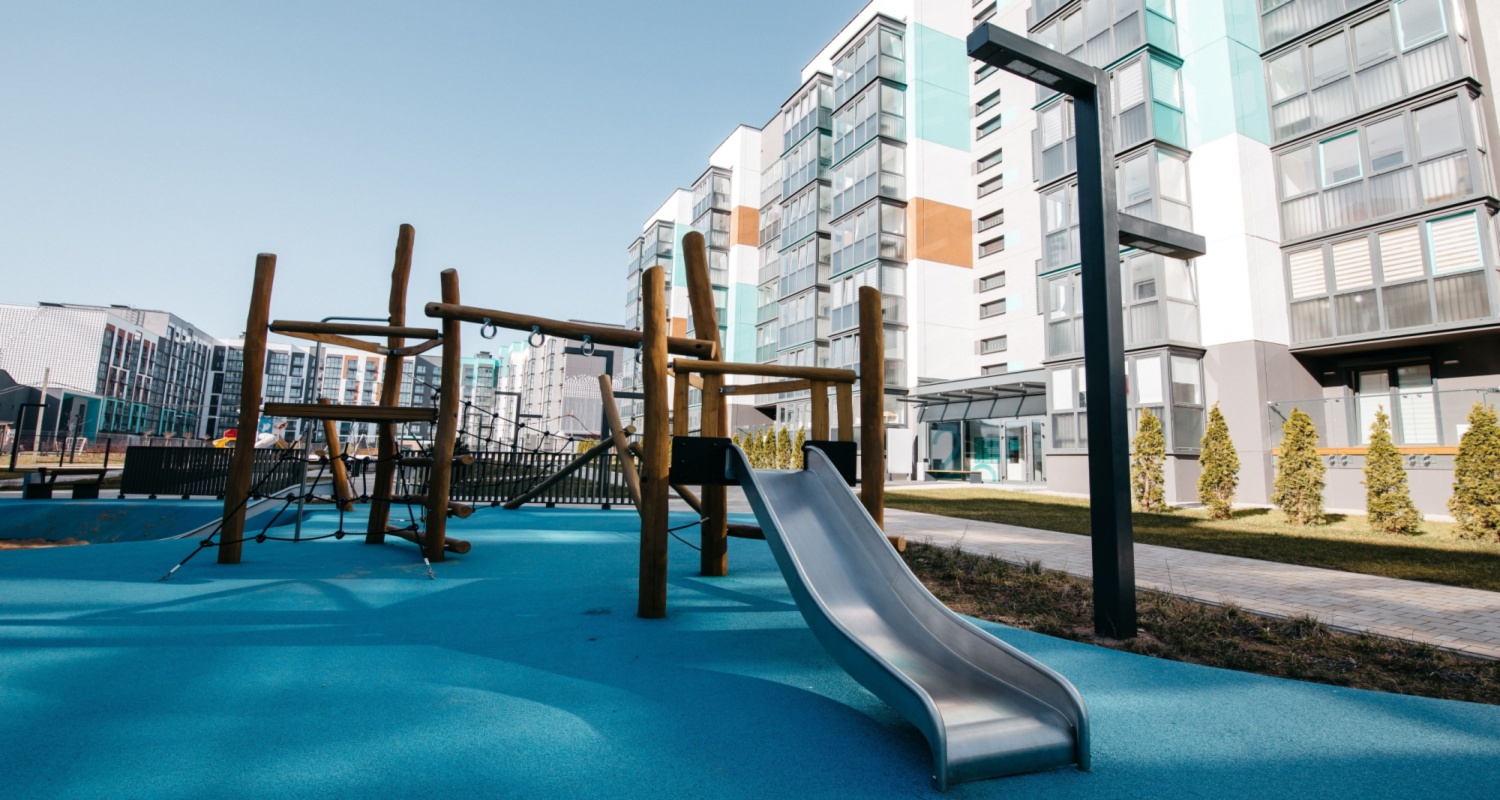
Supreme Court Verdict on Society Maintenance Charges
January 31, 2025
127901+ views

Revenue Stamp in India: Meaning, Types, Uses, Legal Value & Where to Buy in 2025
January 31, 2025
94358+ views
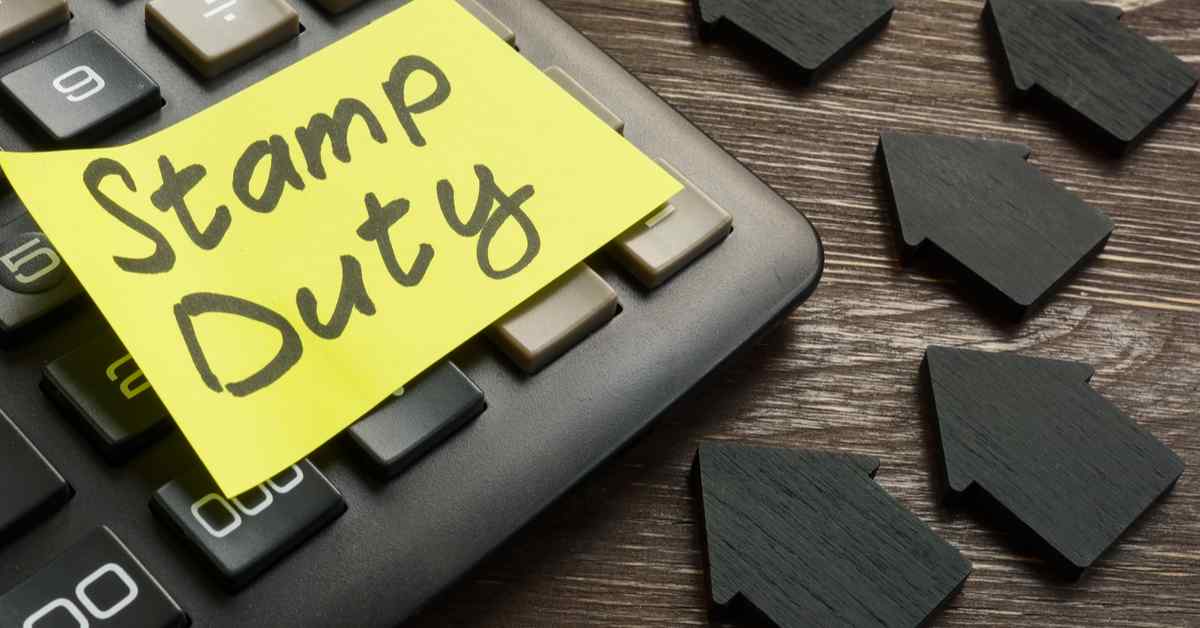
Stamp Duty and Registration Charges in Bangalore in 2025
January 23, 2025
91521+ views
Recent blogs in
Rectification Deed Charges in Andhra Pradesh: Fees, Stamp Duty, Documents & Process in 2025
June 20, 2025 by Kruthi
Rectification Deed Charges in Maharashtra: Registration, Fees, Documents and Stamp Duty in 2025
June 20, 2025 by Kruthi
Rectification Deed Charges in Telangana: Regiteration, Fees, Documents and Stamp Duty in 2025
June 20, 2025 by Kruthi





Join the conversation!